Championships and development
Here we are in championships season: the provincials, the nationals, and some international events for U14 and U16 such as the Whistler Cup and Italy’s Pinocchio.
To get to compete in these, the skiers are selected according to their race results in the regional circuit (for the provincials) and then by the race results of the preceding championship.
The goal of the championships in the development phase (U12 to U16) is to show the best skiers in each group. To move to the next stage, the racers have to go beyond themselves and ski all out.
The young person who skis strategically in the races with the sole objective of collecting points in order to qualify for the championships with soon be left behind.
It’s a good approach if the goal is simply to take part in the championship, but a very bad way to ski if the objective is to be a serious long-term contender. Sooner or later the deception will come to light.
With respect to development (U12 to U16), the races are not an end in themselves if we want to develop our skiers’ full potential. At the stage of “training for the sake of training” or “training to compete” (stage of the long-term development of an athlete), the technical, tactical, physical and mental basics have to be made rock-solid.
The essential thing is not to skip stages if you want the young people to acquire all the important attributes to be competitive later at a higher level.
Unfortunately, parents, coaches and athletes generally put too much importance and effort onto participating in the championships. Too often, the training sessions are directed towards the next race. Parents invest a lot of money in unnecessary equipment.
The youngsters start calculating their points and skiing strategically to get through the selection process. All of this slows the young person’s long-term development to favour short-term performance.
The championships: not a guarantee of long-term success
Skiing strategically, training on the run before the events to improve confidence, using a high-performance wax in the races…. These tactics are not the way to support learning about competition. Sooner or later, the athlete’s limits will be affected. It’s better to educate the athlete and train him or her to be able to perform when it counts.
Training for decision-making and performance
Applying training elements to decision-making is a much more effective way to prepare the athletes for big competitions. The athletes must be involved in their own success. They must be consciously engaged in the action…be able to make a good decision with regard to technical and tactical actions at the opportune moment.
Setting up a race preparation routine, exposing the athlete to a variety of training situations. All these strategies pay off over the long term.
In other words, if it’s not your turn this year, don’t make it a big deal. Instead, take advantage of this opportunity to continue building for the coming seasons. Be patient: your efforts will be rewarded in due course.
More from this author by clicking on his picture below.


Jocelyn Huot30 Posts
Entraineur Chef du Club de ski Mont-Tremblant Entraineur Niveau 4 certifié FESC / PNCE Niveau 3 de l'Alliance des moniteurs de ski du Canada Formateur pour Alpine Canada depuis 2007 Head coach of the Mont-Tremblant Ski Club Leve 4 FESC/PNCE – certified coach, Level 3 CSIA/AMSC – certified instructor
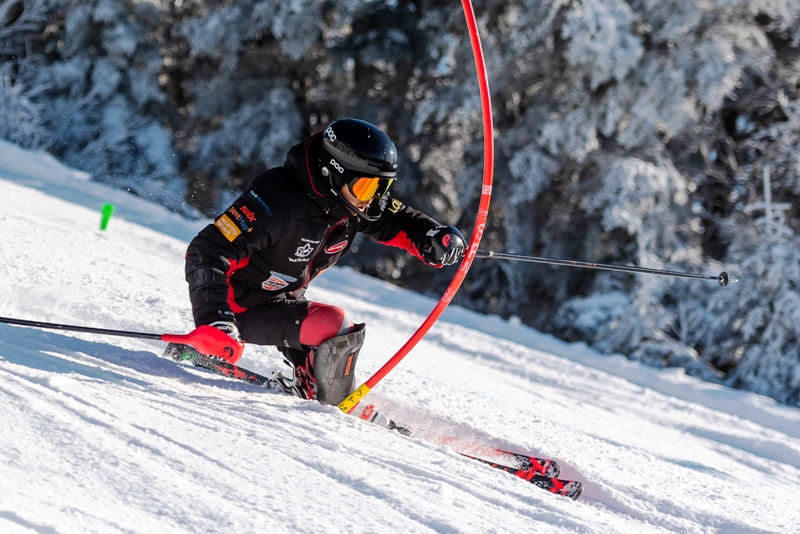
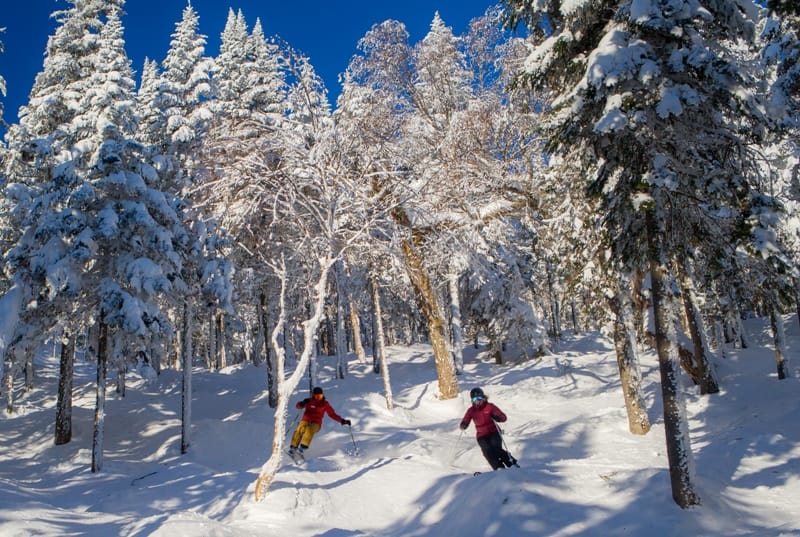

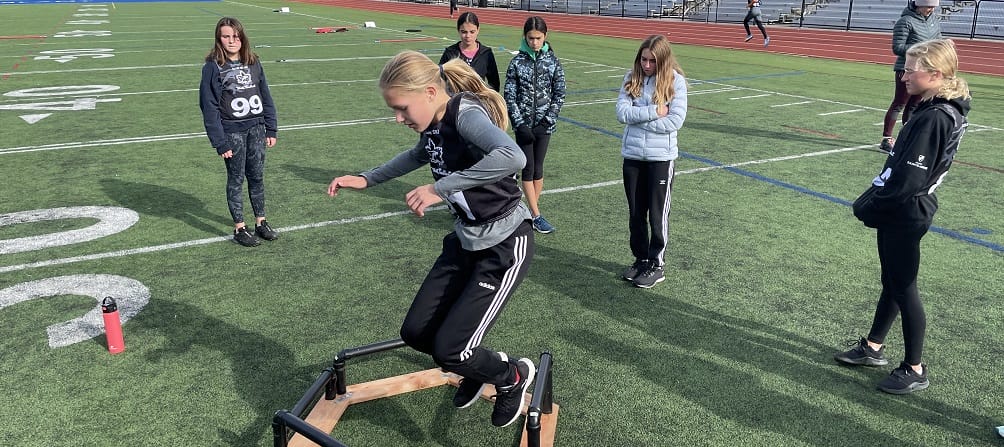

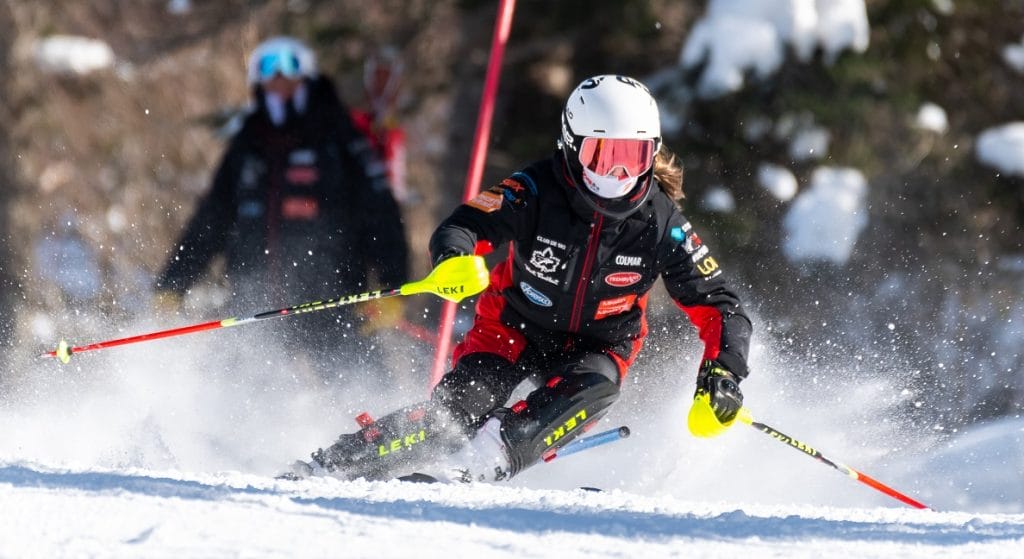

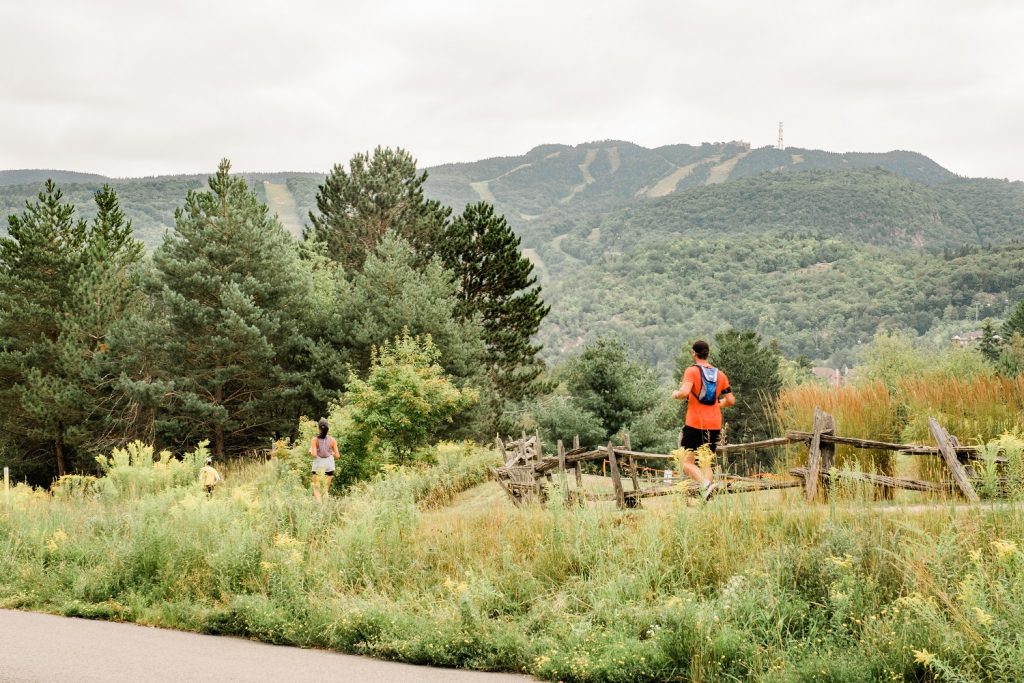
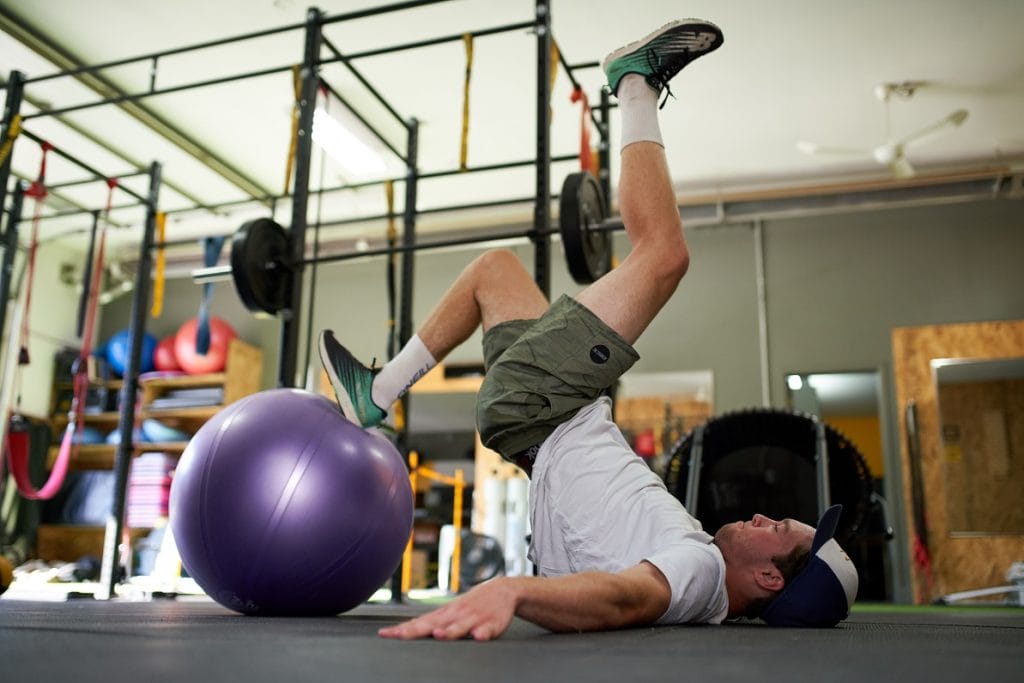
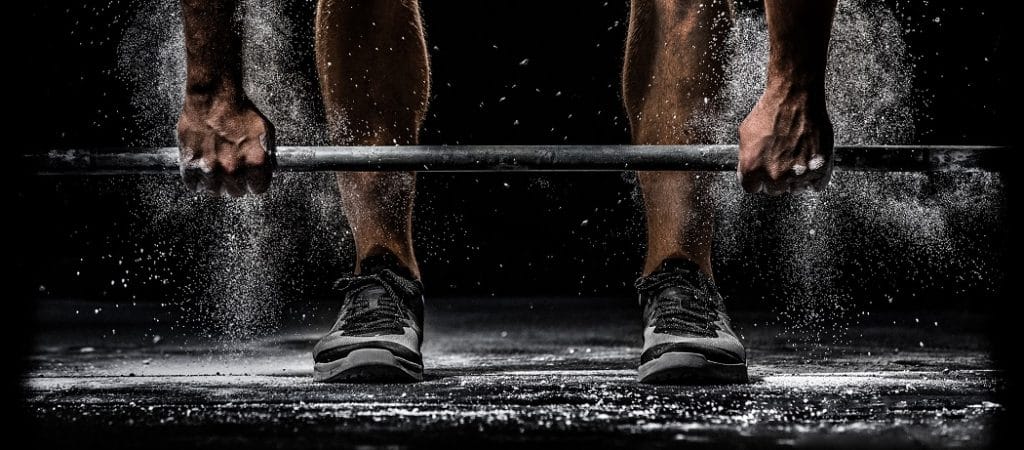
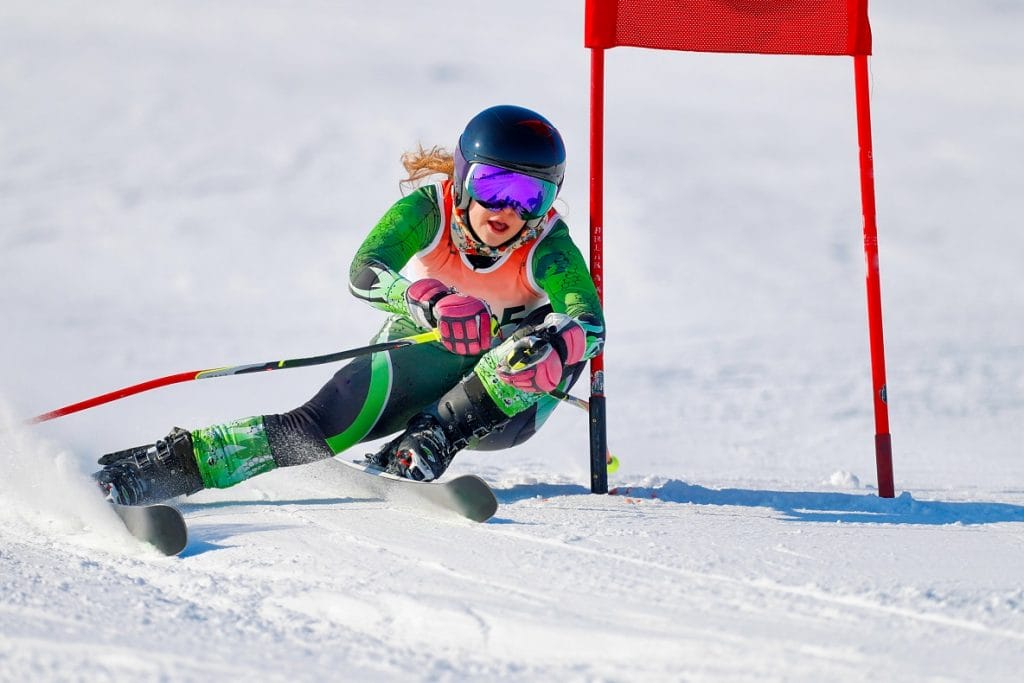
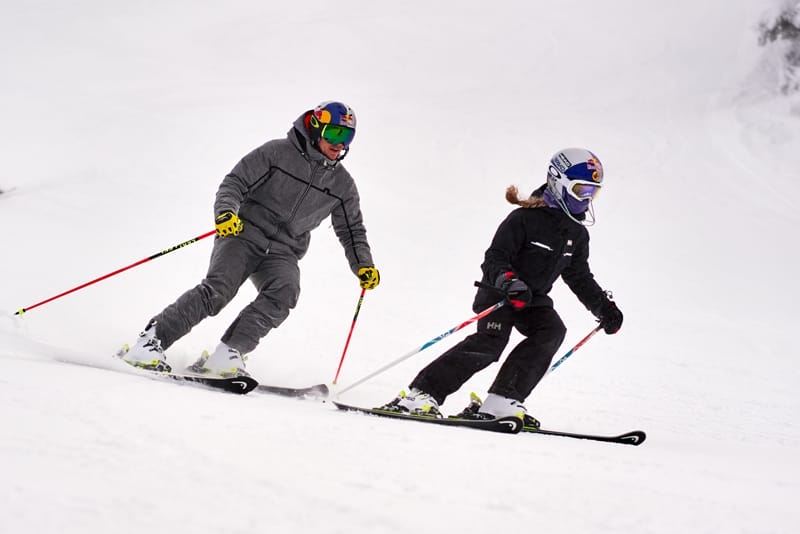
0 Comments